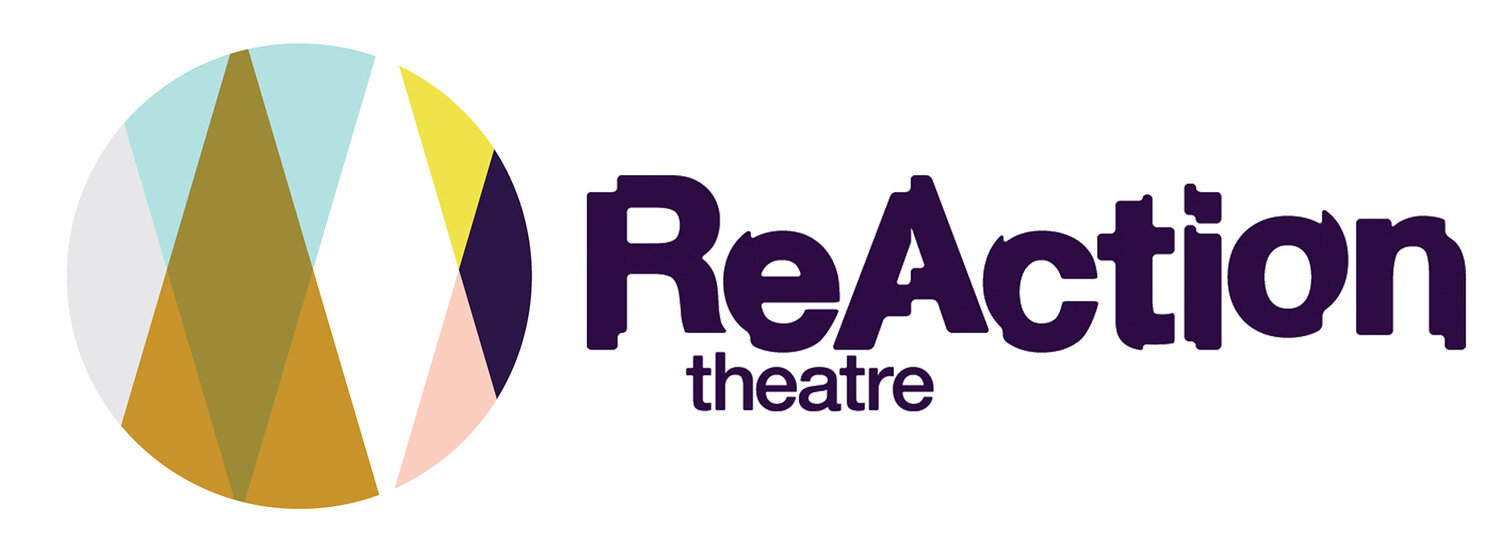“When we do art, we put ourselves at risk, because risk is part of what makes it art.”
Since 2016, the bulk of the time in creative developments for ‘Les Mystères du Louvre’ had been spent working on the script and I was feeling relatively comfortable with where that was heading. Now, it was time to attack the technical side of this project. I was curious to see what the effect would be of combining projection mapping and live acting to make a new type of performance piece – one that sat at the intersection film, theatre, interactive performance and cutting-edge technologies.
We had basically used up all our grant money when an exciting opportunity arose in the form of an industry outreach programme through RMIT. I met with Dr Darrin Verhagen (Senior Lecturer - Sound Design) and we agreed to develop some of the technical aspects of the work as a ‘proof of concept’ and see if we could totally push the element of surprise which is part of what makes theatre such a vibrant art form. So, in January 2019, we partnered with 3 programs from the School of Design (Digital Media, Industrial Design and Animation and Interactive Media) to begin work on the most ambitious part of this project – one that combined projection mapping, installation and sound design with live acting.
We were able to recruit a small, but extremely hard-working team of RMIT lecturers and students who were given the challenge of working on the ‘Hero’ image - a highly complex digital animation which has a painting gushing off a wall and completely engulfing the theatre space. Our first few meetings were spent defining exactly how this would look. We had smart, assiduous people, very good infrastructure but minimal hardware, however the overriding aim was to make a cutting edge, high quality, world class show for families that could tour locally, nationally and internationally.
It’s fair to say that we hit the ground running when seemingly out of nowhere, Dr Gina Moore, (Lecturer in Digital Animation) produced this animation :
and basically blew our collective minds. Suddenly, it was a thing and we had to work out how to project it, how it would sound and how to act with it.
Alongside this, Jacob Sandom, an Honours student from Industrial Design, completed some meticulous renders that defined the space and gave us a very clear visual of what the overall piece could look like.
Jacob Sandom
Gina’s creation inspired and before long, Sahaj Garg and Homie (Masters students from MAGI) wanted to go a step further and create even more work – a stunning, immersive underwater scene with a floating woman that you can also see in the clips below. It was a very perceptive artwork that not only sensitively told this part of the story, but also solved a massive theatrical dilemma of how to give life to a ghostly figure. Sahaj and Homie then recruited Carlo Martinez-Tolentino (Masters - MAGI). Working together, they followed this up by using the ‘origami’ folding floor, created by Jacob and Simon Curlis (Lecturer - Industrial Design), to make a boat, giving rise to a whole new idea of embedding objects into the floor and enabling them to mysteriously appear and disappear in an instant (!) Yes, I know! Ingenious!
Sound design then came to the fore and two students - Matthew Tankard and Angelina Crutchfield assisted by Darrin - breathed life into these two clips, layering subtlety and beauty and cacophony and destruction to give them a depth and richness. Put that altogether, bring in some very talented actors and you’ll see the effect in these 2 clips here:
Of course, none of this would have happened without some pretty brave and tenacious steps into the complete unknown... A group of people who had never worked together before, technology that can be tricky, time consuming digital animation creation and projection mapping, the general push and pull of everyday life - studies, work, family…
However, this incredible opportunity gave us some of the most precious gifts of all – the privilege of being able to do more work on this piece in the future and the prospect of becoming the artists we long to be.
The work continues and the team are already researching innovative solutions in the area of projection – i.e. how to use the minimal projectors for maximum coverage and how to set the tech up so that it is practically runs itself (Yes, and yes, to all that!)
I’ll keep you posted…

